The top ten:
After one and a half years of blogging about historical crime cases, the New Year offers a great opportunity to look back at crimes that fascinated my readers the most. These were the most popular:
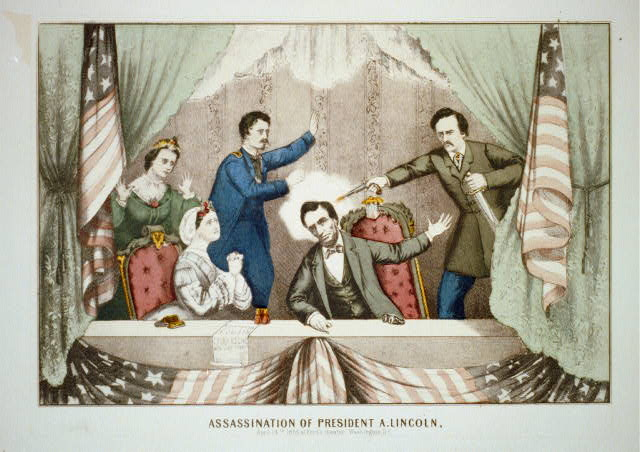
1. New Discoveries about the Lincoln Assassination: Interview with Author Michael W. Kauffman. No, John Wilkes Booth did not break his leg jumping from the balcony after shooting Lincoln. Computer analysis of all the data in the one of the most famous historical crime cases ever offers new insights, and Michael Kauffman explains them. This is an author who was so committed to researching the assassination he jumped from the balcony in Ford’s Theater himself.
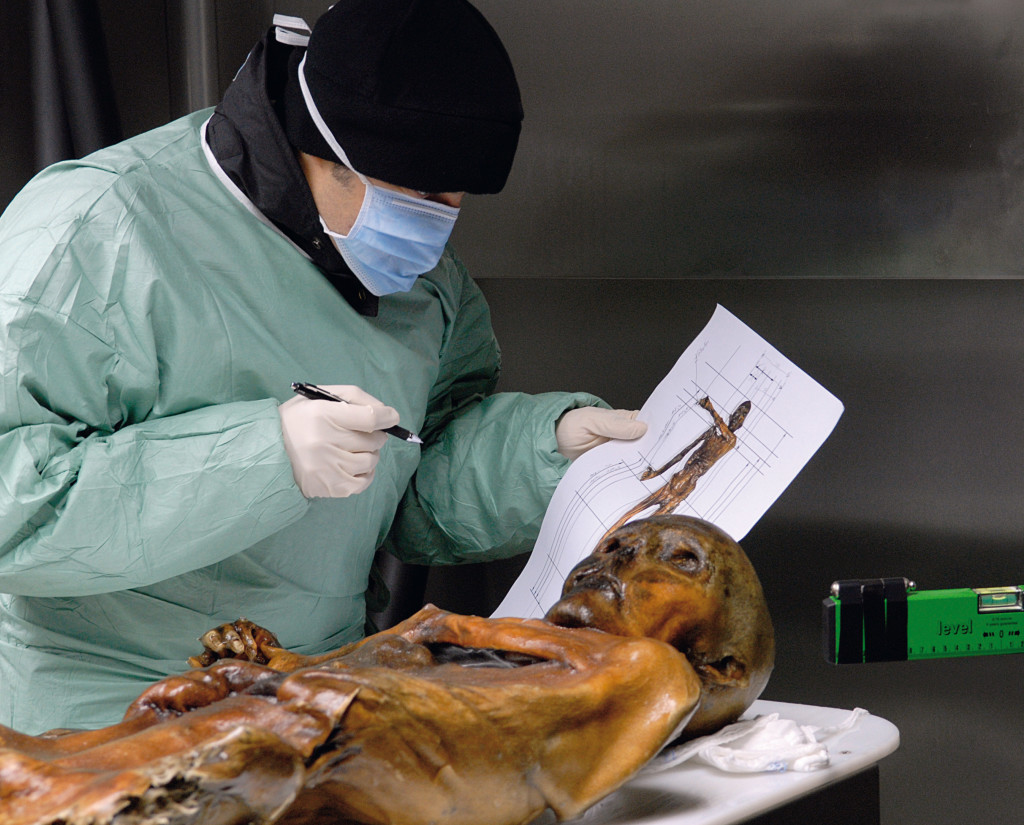
2. Ötzi, the Alpine Iceman: How Modern Forensic Science Unveiled a Stone Age Murder. Historical crime at its best, because murder cases don’t get any colder than this! Someone killed the iceman 5000 years ago. Modern scientists have pieced together the iceman’s last moments with analysis of his head injury, the arrow that shot him, and a defensive wound.
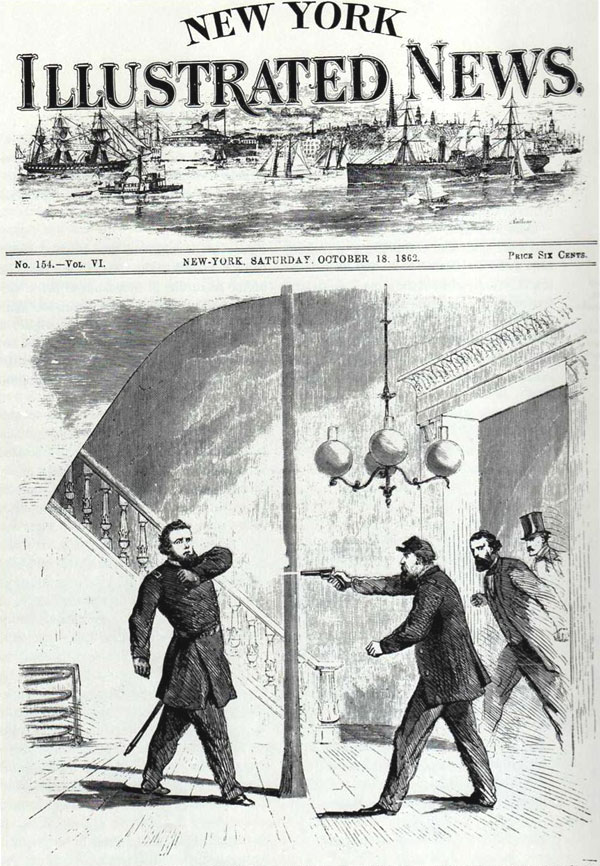
3. Jefferson C. Davis, Civil War General and Murderer: Interview with Donald A. Clark. The Civil War had its own historical crime cases. In this one, one general killed another. Clark, who authored a new book about Bull Nelson, the murder victim, talks about the crime and the murderer.

4. King Ludwig II of Bavaria: Murder, Accident, or Suicide? This is Germany’s greatest unsolved mystery. What happened to the builder of fairy tale castles and the patron of Richard Wagner? Bavaria’s monarch took a walk in 1886 and was found later that evening drowned in a lake. Murder, accident, or suicide? Here are the facts, and you can decide.

5. Ravens as Partners for Cadaver Dogs? Ravens, according to biologists, have a symbiotic hunting relationship with both humans and canines. Since ravens eat carrion, might law enforcement be able to use them to work with dogs in a team? This post contains some fascinating facets about the raven-dog-man friendship that you probably never knew.
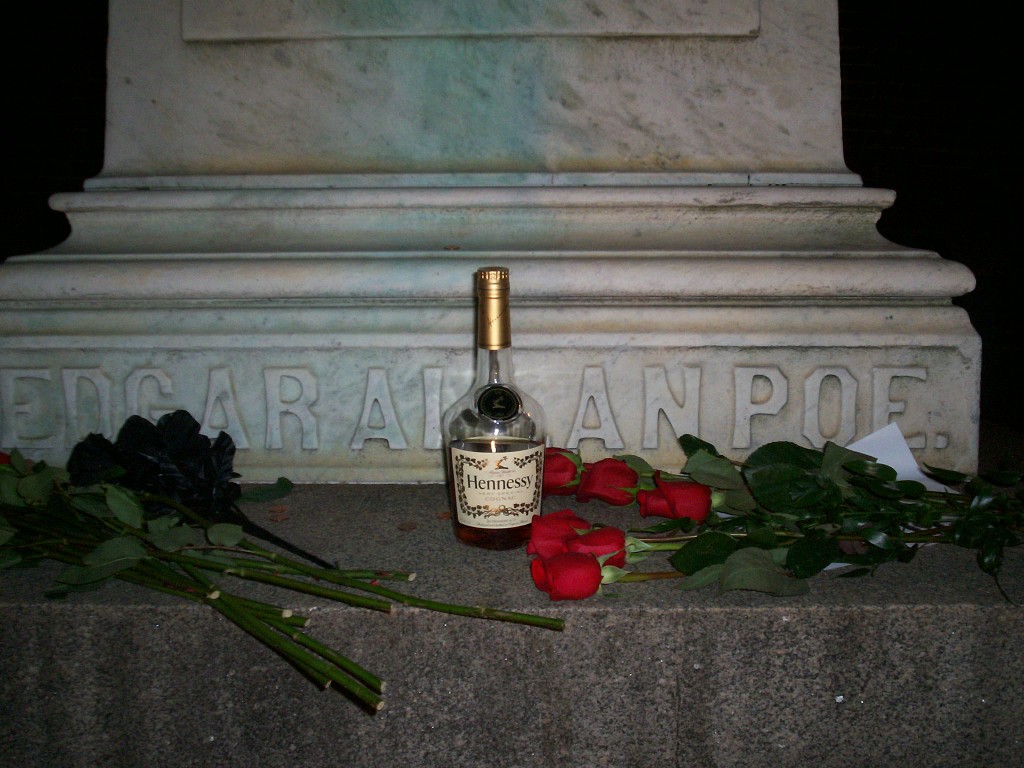

7. Volunteer Cadaver Dog Handlers: Might You and Your Dog Make a Good Detective Team? This is an interview with New York Times bestselling author and cadaver dog handler Cat Warren. She talks about training her dog and what it’s like to search for a body. Most American cadaver dog handlers are volunteers, and she invites you to consider whether you and your dog might have the right aptitude.
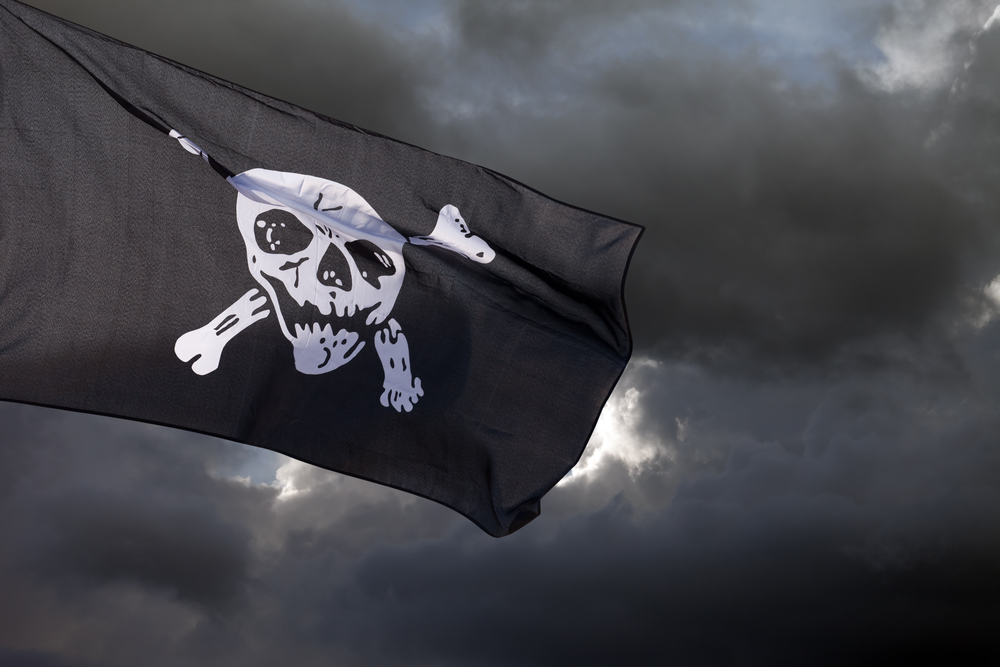
8. Pirate Flags: Ten Things You Probably Didn’t Know. Historical crime meets romantic legend in this post. Are historical pirate flags black or red? What did the colors mean? Did they really have the skull and crossbones? Here’s why sailors were more frightened of red pirate flags than black ones.
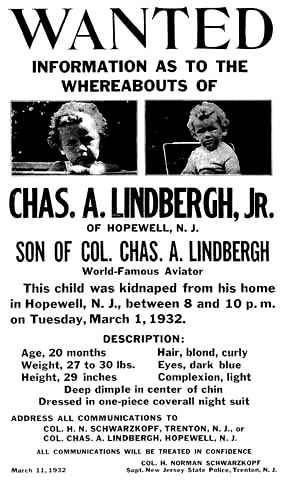
9. New Twists on the Lindbergh Kidnapping: An Interview with Author Richard Cahill. The Lindbergh kidnapping is one of America’s most haunting crime cases. Richard Cahill is an attorney and has studied this case for twenty years. The insights in his new book contained some surprises for me, so I interviewed him for this blog post.
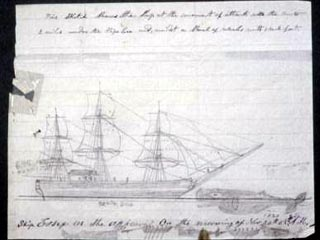
10. Drawing Straws in the Lifeboat: Noble Sacrifice or Murder? The book and movie In the Heart of the Sea popularized the true story of a whale sinking a ship in 1820. It was the basis for Moby Dick. The sailors survived by drawing straws in the lifeboats and eating each other. Did they face legal action when they returned to port? And how does the law judge such an extreme situation?
Honorable mentions for two historical crime posts
Two other posts deserve honorable mention for the attention they received:

A Dog Solves a Murder: A True Story from Spain. This post about a 19th century Spanish dog that solved a murder attracted the attention of a television producer who interviewed me about it on Skype. I’m still crossing my fingers that this post will find its way into a documentary!

French and German Origins of the True Crime Genre. No, Truman Capote did not invent the true crime genre. A Frenchman did in the 18th century and caught Friedrich Schiller’s attention. Schiller promoted the new genre and added a few stories of his own. Gérard Araud, the French ambassador to the United States, liked this post. He tweeted me to say he hadn’t known this history and thanked me for posting it.
Happy New Year, and I raise my glass to our historical crime reading adventures for 2016!



